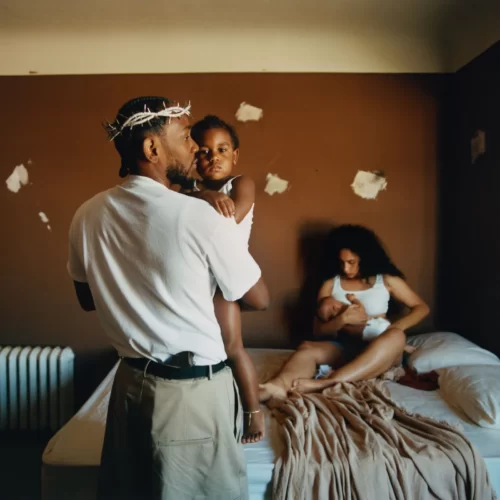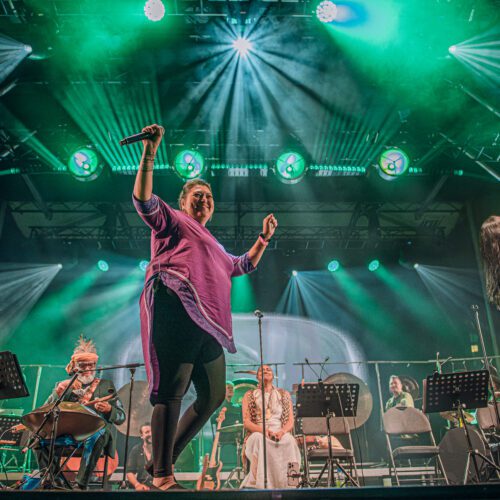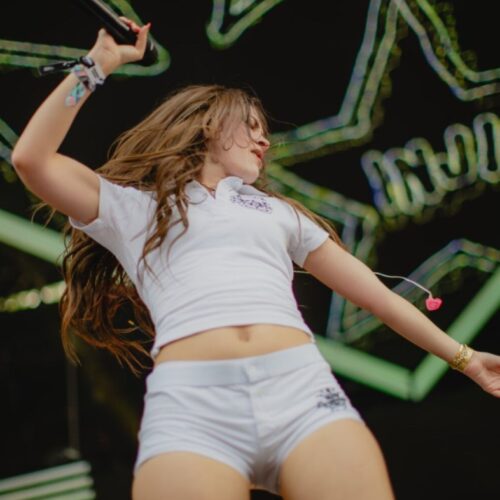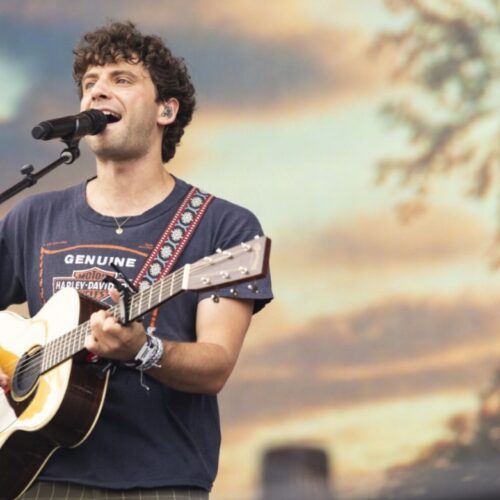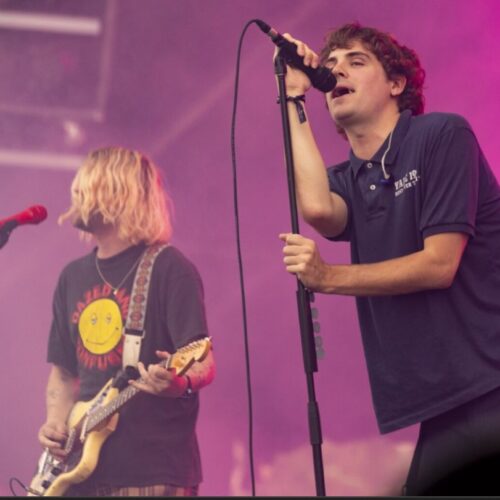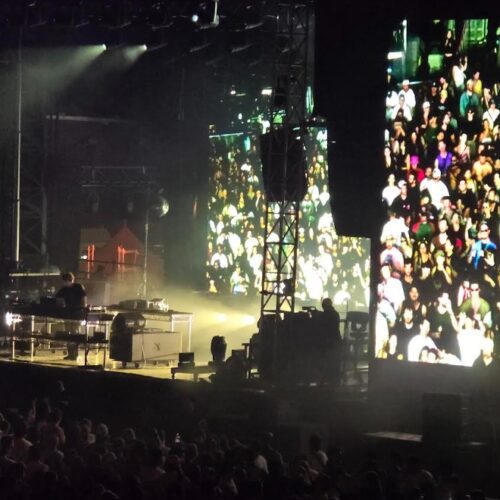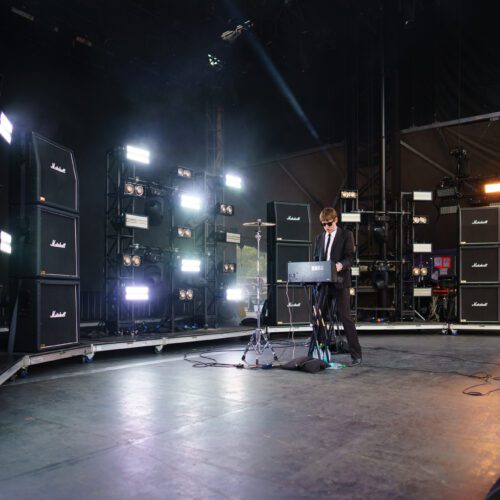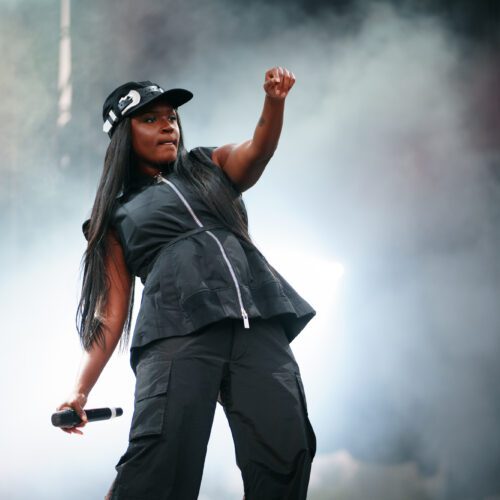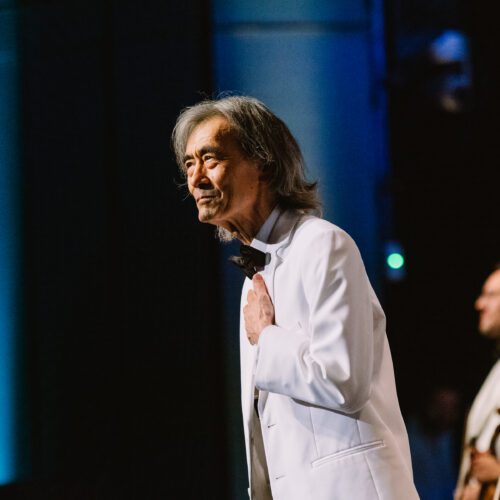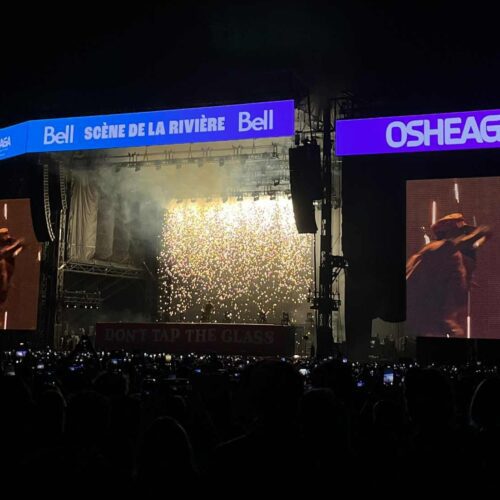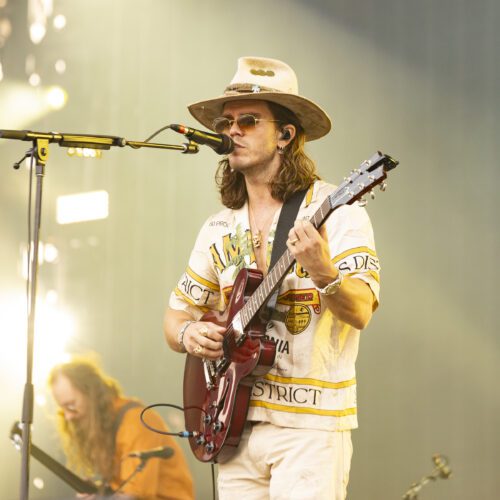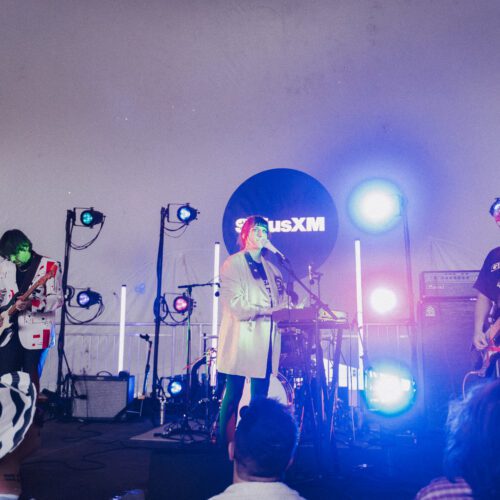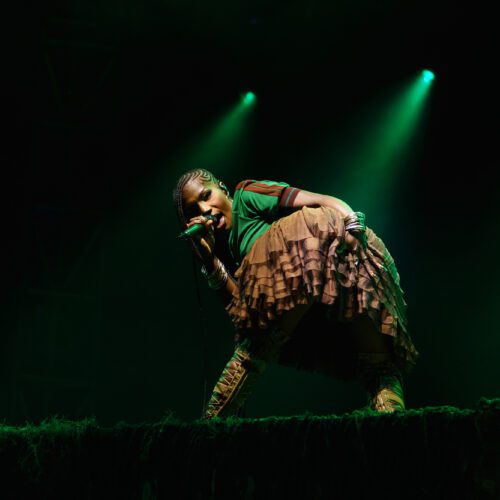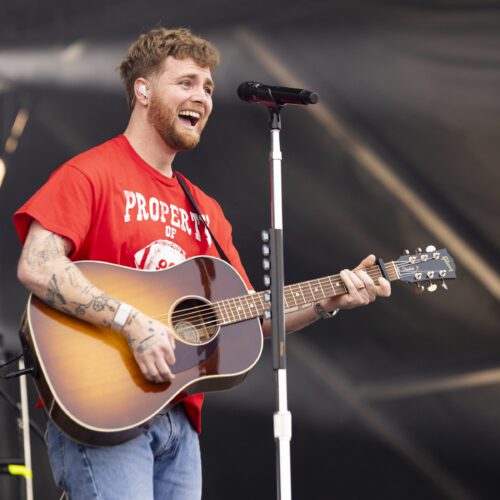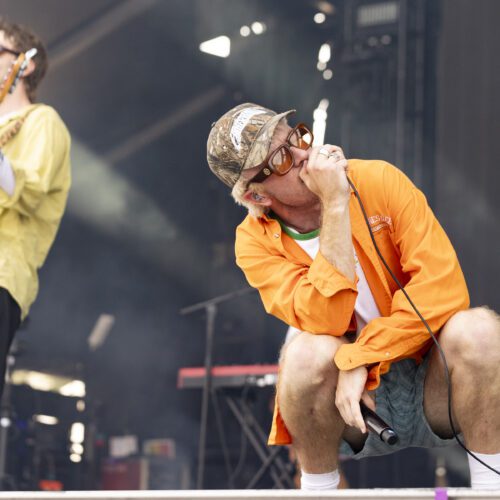On a Friday the 13th of May 2022, Mr. Morale & The Big Steppers is launched without frill, five years after Damn, seven years after To Pimp A Butterfly, ten years after Good Kid M.A.A.D. City, major albums that ranked the Compton MC in hip hop’s creative elite, all eras included.
The wait for this fifth studio opus–a double album, by the way–has been long. The first attentive listenings lead us to believe that the mountain did not give birth to a mouse.
Mr. Morale & The Big Steppers is a two-part album; no less than 18 tracks are proposed here, excluding the single-video released earlier this week, The Heart Part 5. This is, without doubt, a well-thought project, one of the most ambitious of the current period. The general texture is not a copy of his known recordings, nor a change of direction. Up to now, the course is almost perfect.
It is, rather, a real evolution in the same direction, with the help of a host of collaborators: Ghostface Killah (Dennis Coles), Beth Gibbons (Portishead), Sounwave (Mark Spears), Boi-1da (Matthew Samuels), Thundercat (Stephen Bruner), FNZ (Isaac de Boni), Sampha (Sampha Sisay), Kodak Black (Bill Kapri. convicted of sexual assault and known for his many troubles with the law)), Florence Welch (and the Machines), Pharrell Williams, DJ Khalil (Khalil Abdul Rhaman Hazzard) , Baby Keem (Hykeem Jamaal Carter Jr), Tanna Leone, to name only the most famous. One will also note the successful dramatization of a domestic fight, We Cry Together, is interpreted with Taylour Page.
All these wonderful guests are here to feed Kendrick’s already fertile ground. The rapper’s universe has all the marks of excellence: a mastery of the musical forms, as well as of words and declamation, an ideal balance between experimental and conventional, simplicity and complexity. The beat-making is not ostentatious but always rich, nothing here is overloaded even if some tracks of this high-quality hip hop comprise contemporary jazz (note these superb sequences of piano-percussion-rap), classic-jazz chamber music, choral singing, creative electronics, trip-hop referents, and soul/R&B, always in the background.
The subject remains relevant and powerful. The author once more projects the subtle diffraction of his existence in the prism of the American and Western society, he chisels out diamond-like poetic chronicles, then converts them into rhymes following the codes of rap. On the cover of this album, the gifted artist represents himself in the family cocoon with his wife and children, crowned with thorns like Christ on his way to the crucifixion, with a gun tucked under the waistband of his pants. Death, decline, chaos but also life and hope despite everything… signs of the times! His rap poetry distills aging, maturity, disrupted dreams, urban violence, gangsterism, honesty, friendly or conflicting intercultural relationships, the chaos of marriage, the strange dialectic between the poverty of his childhood and his acquired wealth and notoriety, consumerism and sobriety, the complex fatherhood of a complex being, and more.
Once again, Kendrick Lamar explores all the paradoxes within his reach and turns them into great art.
